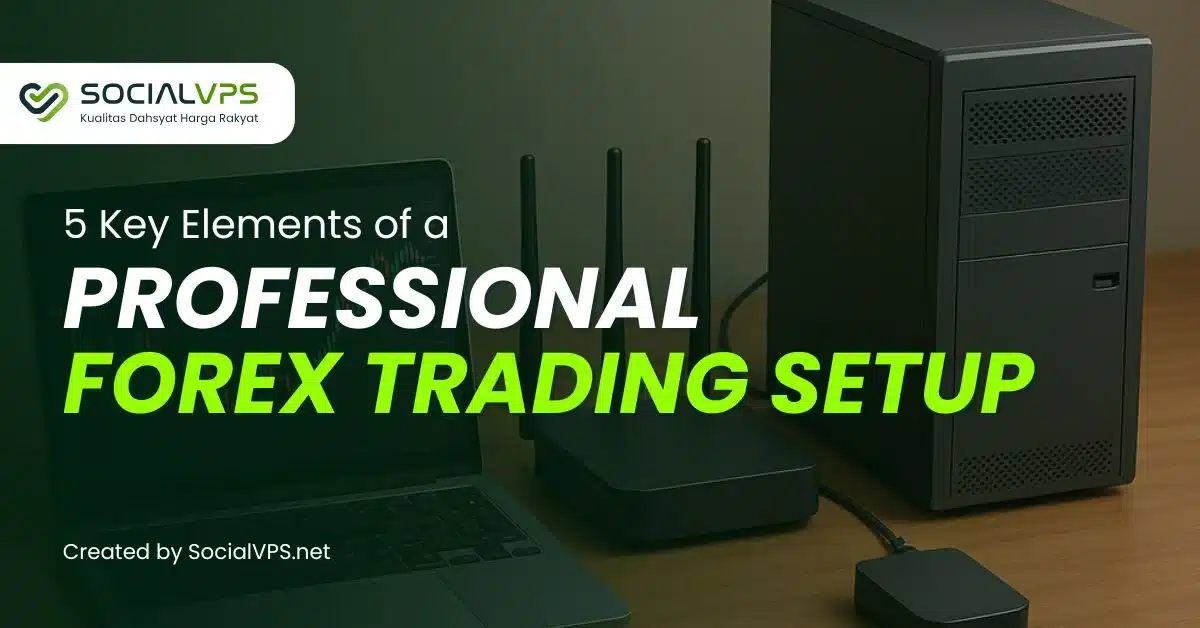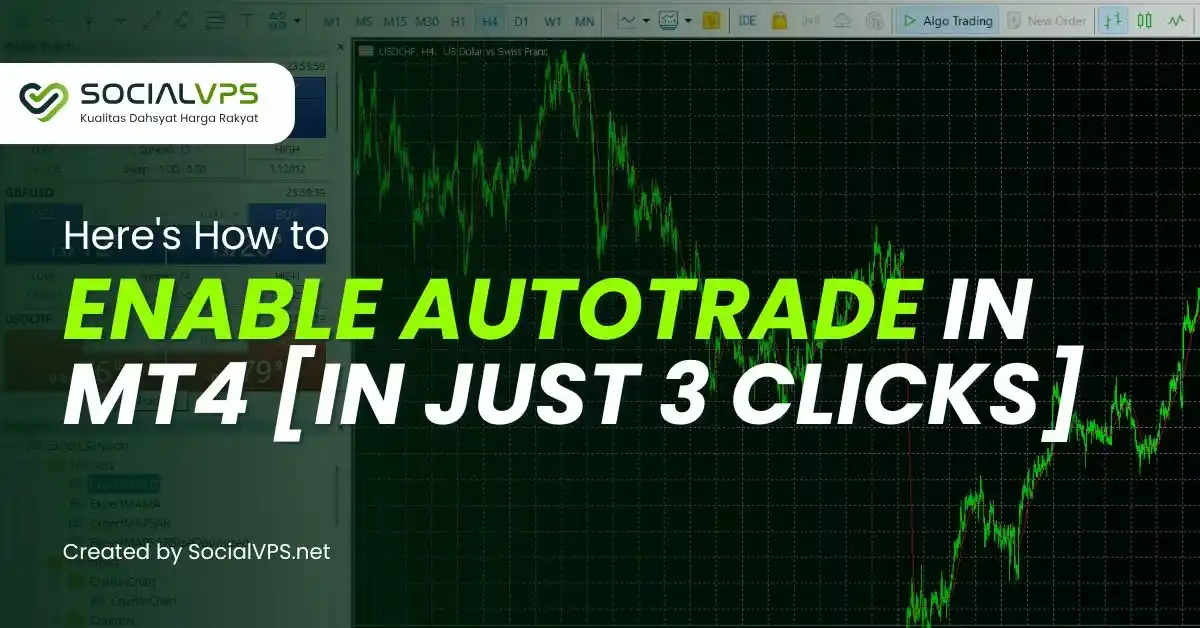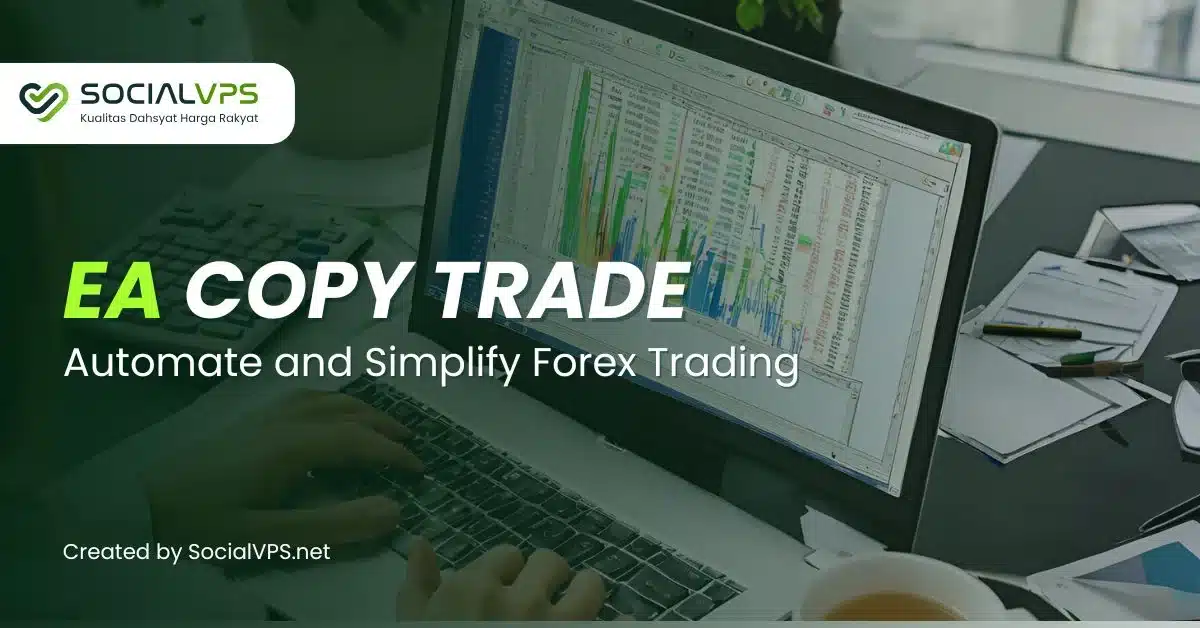Setting up a forex VPS (Virtual Private Server) can significantly enhance your trading performance by ensuring uninterrupted access to trading platforms, faster execution speeds, and improved reliability.
For beginners, navigating the technical aspects of a forex VPS can feel daunting. This guide provides a step-by-step walkthrough to configure your forex VPS efficiently.
What is a Forex VPS?
A forex VPS is a remote server that allows traders to host their trading platform (such as MetaTrader 4/5) in a virtual environment. This setup is particularly beneficial for running automated trading strategies like Expert Advisors (EA) 24/7 without relying on your personal computer.
Why Use a Forex VPS?
Using a forex VPS (Virtual Private Server) is an essential tool for traders aiming to optimize their trading performance and reduce risks in the highly dynamic forex market. Here’s why you should consider a forex VPS:
- Reduced Latency: Faster execution of trades by connecting to brokers server with minimal delay.
- Uninterrupted Trading: Ensures trades continue even if your local computer or internet connection fails.
- 24/7 Operation: Ideal for automated trading systems that require round-the-clock availability.
- Global Accessibility: Access your trading platform from anywhere in the world.
from $8.3 to $5.7/billed annually

Step-by-Step Guide to Set Up Your Forex VPS

Setting up a forex VPS (Virtual Private Server) for your trading platforms is a straightforward process. Follow these steps to get your VPS ready for trading:
1. Choose a Reliable Forex VPS Provider
Start by selecting a reputable forex VPS provider. Key considerations include:
- Low Latency: Proximity to your broker’s servers for faster execution.
- Performance: High uptime guarantees and adequate CPU, RAM, and storage.
- Support: 24/7 technical assistance.
We recommend SocialVPS, known for its reliable and beginner-friendly forex VPS services.
2. Access Your VPS
Once you’ve subscribed to a VPS plan, follow these steps to access it:
For Windows users:
- Open the Remote Desktop Connection (RDP) app.
- Enter the IP address, username, and password provided by your VPS provider.
- Click “Connect.”
For Mac users:
- Use Microsoft Remote Desktop, which can be download from the App Store.
- Input the VPS credentials and connect.
3. Install Your Trading Platform
After logging into your VPS, install your preferred trading platform, such as MetaTrader 4 (MT4) or MetaTrader 5 (MT5).
- Download the platform installer from your broker’s website.
- Run the installer and follow the on-screen instructions.
- Log in to your trading account using your broker-provided credentials.
4. Optimize VPS Settings for Forex Trading
Adjust power settings
Ensure your VPS doesn’t enter sleep or hibernation mode:
- Go to Control Panel > Power Options.
- Select “High Performance” and disable sleep settings.
Disable Unnecessary Applications
Close applications that are not required for trading to free up system resources.
- Press Ctrl + Shift + Esc to open Task Manager.
- End tasks unrelated to trading.
Enable Automatic Updates
Set up your trading platform to auto-update:
- Open MT4/MT5 and navigate to Tools > Options.
- Enable the auto-update option under the “Server” tab.
5. Set Up Expert Advisors (EA)
If you use automated trading systems, follow these steps:
- Place your EA files in the MQL4/Experts folder of MT4 or the equivalent for MT5.
- Restart the platform to detect the EA.
- Drag the EA onto a chart and enable auto-trading.
6. Secure Your Forex VPS
To ensure the safety of your trading environment:
- Change Default Passwords: Use a strong, unique password.
- Install Antivirus Software: Protect your VPS from malware.
- Enable Firewall: Use the built-in Windows Firewall to block unauthorized access.
7. Test Connectivity
Verify that your VPS has a stable connection to your broker’s server:
- Open your trading platform and check the ping under the “Market Watch” window.
- Lower ping times indicate better performance.
from $8.3 to $5.7/billed annually

Best Practices for Forex VPS Usage
To maximize the benefits of your forex VPS, it’s essential to follow best practices that enhance performance, security, and efficiency. Here’s a comprehensive guide:
- Regularly Monitor Performance: Ensure your VPS runs smoothly by periodically checking CPU and RAM usage.
- Backup Trading Data: Save a copy of your trading platform settings, EA configurations, and logs.
- Stay Informed: Keep track of VPS updates and broker server changes.
Conclusion
Setting up a forex VPS may initially seem technical, but it is a crucial step for serious traders seeking reliability and speed in their trading operations. By following this beginner-friendly guide, you can ensure your VPS is configured optimally for forex trading.
For an efficient and secure trading experience, we recommend using SocialVPS forex VPS solutions. Their high-performance servers, 24/7 support, and beginner-friendly setup make them an ideal choice for traders at all levels.


















